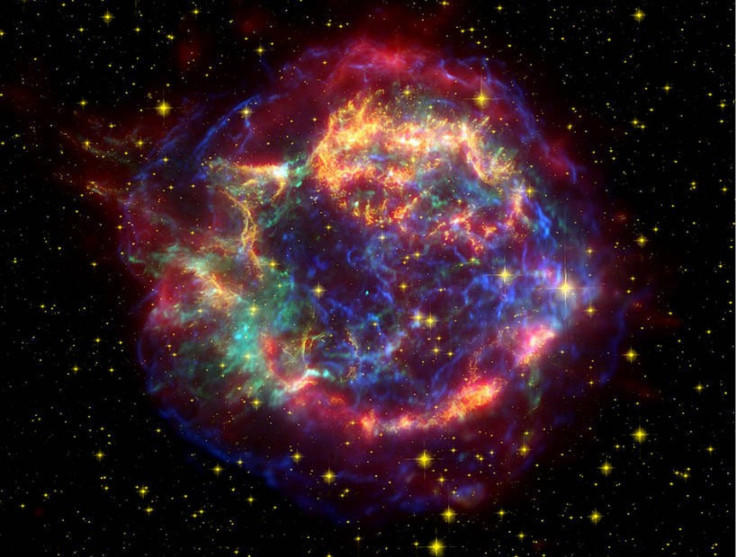Milky Way may Hold Thousands of White Dwarf 'Time Bombs': Study

Researchers at the Harvard-Smithsonian Center for Astrophysics suggest that some old stars are held together by their super-fast spins and may explode as supernovae once they slow down.
This means that the burned-out old stars, also known as white dwarfs, scattered throughout Milky Way could be ticking time bombs ready to explode as supernovae once they slow down.
We haven't found one of these 'time bomb' stars yet in the Milky Way, but this research suggests that we've been looking for the wrong signs, astrophysicist Rosanne Di Stefano said in a center press release. Our work points to a new way of searching for supernova precursors.
The research was published in the Sept. 1 issue of The Astrophysical Journal Letters.
Rosanne Di Stefano and her colleagues specifically studied a type of stellar explosion called a Type 1a supernova, which occurs when an old and compact star becomes unstable.
White dwarfs usually weigh up to 1.4 times as much as our Sun - a figure called the Chandrasekhar mass after the astronomer who first calculated it, according to a CfA press release.
Certain massive white dwarfs that exceed the 1.4 solar mass limit may collapse under their own weight and explode completely, becoming what is known as a supernova.
There are theoretically two ways a white dwarf can exceed the weight limit and explode, or go supernova. It can accumulate gas from a donor star, or two white dwarfs can collide.
Most astronomers favor the first scenario as the more likely explanation. But there are problems with this theory as it's hard to find evidence of the donor stars that gave these exploding white dwarfs their extra mass.
Di Stefano and her colleagues said white dwarf spin might provide an explanation for the theory because a spin-up/spin-down process would create a delay between the time of accretion and the supernova.
As a white dwarf gains mass, it also gains angular momentum, and that builds in a huge time delay before the now-inevitable supernova explosion.
Our work is new because we show that spin-up and spin-down of the white dwarf have important consequences. Astronomers, therefore, must take angular momentum of accreting white dwarfs seriously, even though it's very difficult science, explained Di Stefano.
Astronomers estimate that there are three Type Ia supernovae every thousand years in the Milky Way and calculations suggest that there should be dozens of systems set to explode within a few thousand light-years of Earth.
We don't know of any super-Chandrasekhar-mass white dwarfs in the Milky Way yet, but we're looking forward to hunting them out, said co-author Rasmus Voss of Radboud University in Nijmegen, The Netherlands.
© Copyright IBTimes 2024. All rights reserved.











